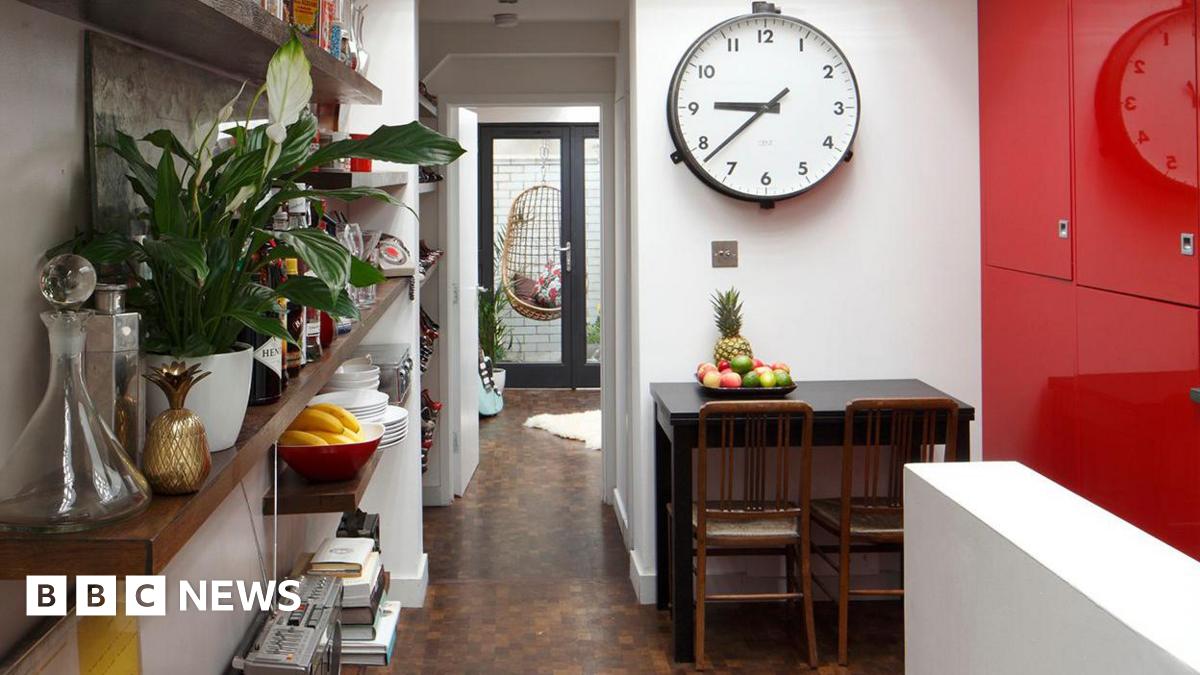From Toilet to Home: The Shocking Reality of Living in Public Restrooms
The image of a person sleeping rough on the streets is sadly commonplace. However, a far less visible, yet equally disturbing, reality exists: individuals finding shelter in public restrooms. This isn't a fictional dystopia; it's a harsh reality for a growing number of vulnerable people worldwide. This article delves into the heartbreaking stories behind this hidden crisis, exploring the factors that contribute to it and the urgent need for effective solutions.
The Hidden Homeless: Finding Refuge in Unlikely Places
While homelessness often conjures up images of sleeping bags on sidewalks, the reality is far more complex. For many facing extreme poverty, mental illness, or addiction, even the relative safety of a street corner can feel unattainable. Public restrooms, with their locked stalls and relative seclusion (albeit temporary), offer a desperate refuge from the elements and potential dangers of the streets. This desperate measure highlights the profound lack of adequate shelter and support systems for the most vulnerable members of society.
Why Public Restrooms Become a "Home":
Several factors contribute to this alarming trend:
- Lack of Affordable Housing: The soaring cost of housing, particularly in urban centers, pushes many individuals and families below the poverty line, leaving them with no viable housing options.
- Mental Illness and Addiction: Individuals struggling with mental health issues or substance abuse often lack access to adequate treatment and support, leading them to live on the margins of society. Public restrooms offer a temporary escape from the stigma and hardship they face.
- Systemic Failures: Gaps in social safety nets, including insufficient funding for homeless shelters and support services, exacerbate the problem, leaving vulnerable individuals with few alternatives.
- Domestic Violence and Abuse: For victims fleeing abusive situations, public restrooms can provide a temporary, albeit precarious, sanctuary from immediate danger.
The Dangers of Restroom Living:
Life in a public restroom is far from safe or sanitary. Individuals face:
- Exposure to the elements: Lack of adequate protection from extreme temperatures, rain, and wind.
- Health risks: Limited access to sanitation, clean water, and healthcare, increasing the risk of illness and disease.
- Violence and crime: Public restrooms can be dangerous places, making individuals vulnerable to assault, theft, and harassment.
- Social stigma and isolation: The shame and isolation associated with living in such conditions can further exacerbate mental health challenges.
Addressing the Crisis: A Call for Action:
The issue of individuals living in public restrooms requires a multi-pronged approach:
- Increased Affordable Housing: Investing in affordable housing initiatives is crucial to providing long-term solutions.
- Improved Mental Health and Addiction Services: Expanding access to treatment and support for individuals struggling with mental health issues and substance abuse is paramount.
- Strengthening Social Safety Nets: Investing in comprehensive support systems, including emergency shelters, food banks, and job training programs, can help prevent homelessness.
- Raising Public Awareness: Educating the public about the realities of homelessness and the factors contributing to it can help foster empathy and support.
- Collaboration Between Agencies: Improved coordination between government agencies, non-profit organizations, and community groups is essential to providing effective and coordinated support.
Conclusion:
The sight of someone living in a public restroom is a stark reminder of the systemic failures within our society. It's a deeply unsettling reality that underscores the urgent need for comprehensive solutions to address homelessness and provide support for vulnerable individuals. Only through collective action and a commitment to addressing the root causes of this crisis can we hope to create a more just and equitable society for all.
Keywords: Homelessness, Public Restrooms, Hidden Homeless, Affordable Housing, Mental Health, Addiction, Social Safety Net, Vulnerable Populations, Crisis, Solutions, Support Services.

